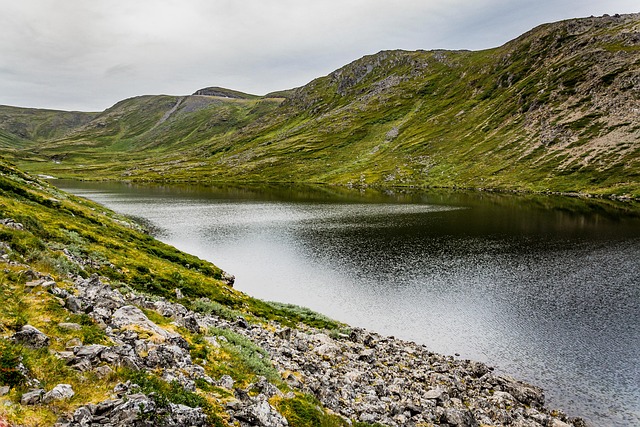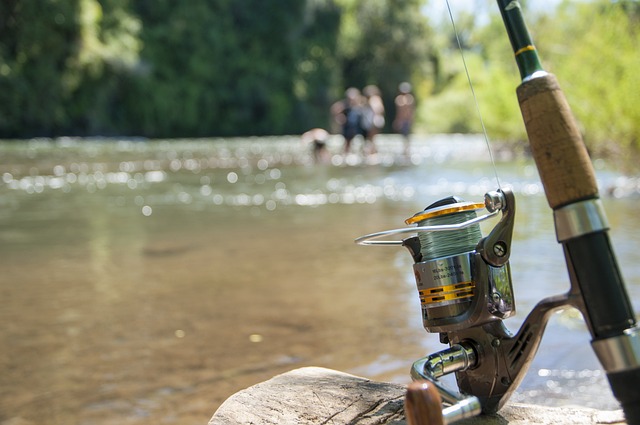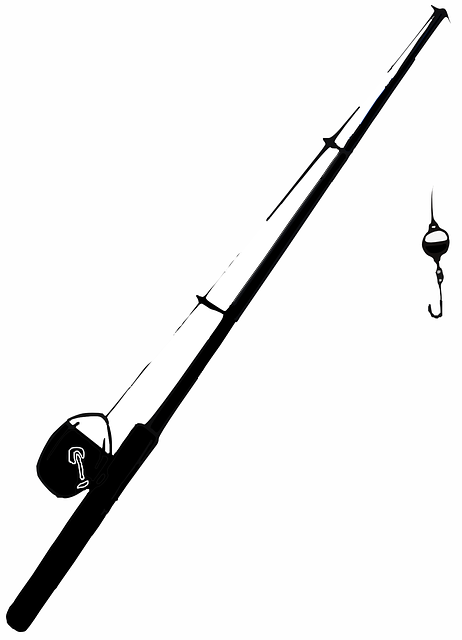The pristine McKenzie River offers a diverse ecosystem and varied fish species, including trout, salmon, bass, and crappie. Anglers should navigate different river sections and use targeted techniques like fly-fishing or spin casting based on habitat preferences. Understanding ecological factors and employing effective bait choices enhances success in catching McKenzie River fish species.
“Uncover the secrets of the captivating McKenzie River, a haven for anglers seeking diverse fishing techniques. This comprehensive guide delves into the unique ecosystem, offering insights on targeting common fish species found in its crystal-clear waters. From spin fishing basics for beginners to advanced fly fishing tactics, we explore effective methods. Discover the best baits and lures to entice the region’s abundant McKenzie River fish species, ensuring a memorable journey along this picturesque waterway.”
- Understanding the McKenzie River Ecosystem
- Targeting Common Fish Species in the River
- Effective Spin Fishing Techniques for Beginners
- Fly Fishing 101: A Guide for the McKenzie River
- Best Baits and Lures to Attract River Fish
Understanding the McKenzie River Ecosystem
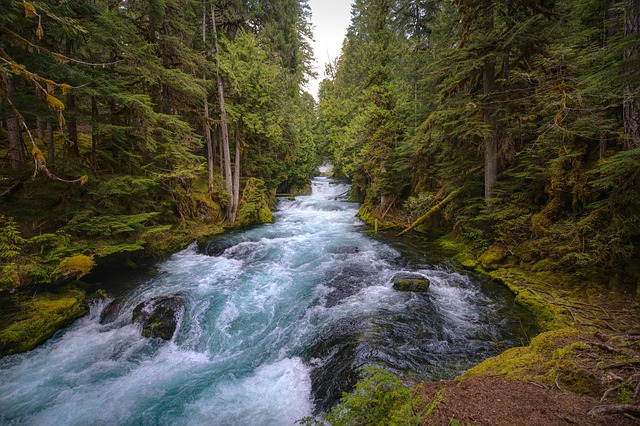
The McKenzie River, known for its pristine waters and diverse ecosystem, is a haven for anglers seeking a unique fishing experience. Understanding this river’s ecosystem is crucial for successful fishing techniques. This dynamic waterway supports a rich variety of fish species, including trout, salmon, and bass, each with specific habitat preferences and feeding behaviors. Anglers should familiarize themselves with the different sections of the river—from calm pools to rapid currents—as these variations attract diverse fish populations.
The McKenzie River’s health is heavily influenced by its connection to glaciers, which contribute to a steady flow of cold, nutrient-rich water. This environment fosters the growth of aquatic plants and insects, forming the basis of the food chain. Fish species like rainbow trout and cutthroat salmon thrive in these conditions, feeding on a variety of insects and small fish. By recognizing these ecological factors, anglers can employ targeted fishing methods, such as fly-fishing or spin casting, to capture the desired McKenzie River fish species effectively.
Targeting Common Fish Species in the River
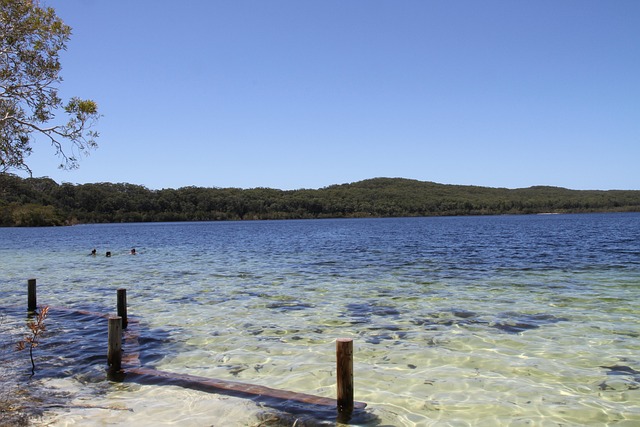
The McKenzie River teems with a diverse array of fish species, making it a haven for anglers. Among the most common are rainbow trout and brown trout, which thrive in the river’s cool, clear waters. These species are highly adaptable and can be found in various sections of the river, from shallow runs to deep pools. Fly fishing is particularly effective for targeting these trout, with dry flies mimicking insects that populate the water surface.
Other notable McKenzie River fish species include bass, such as smallmouth and largemouth bass. Anglers often find success using spinning baits or jigs in deeper areas of the river where these bass tend to hide. Crappie, another popular catch, are best targeted with small jigs or minnow imitations during early morning or late evening hours when they feed actively near shorelines and structures.
Effective Spin Fishing Techniques for Beginners
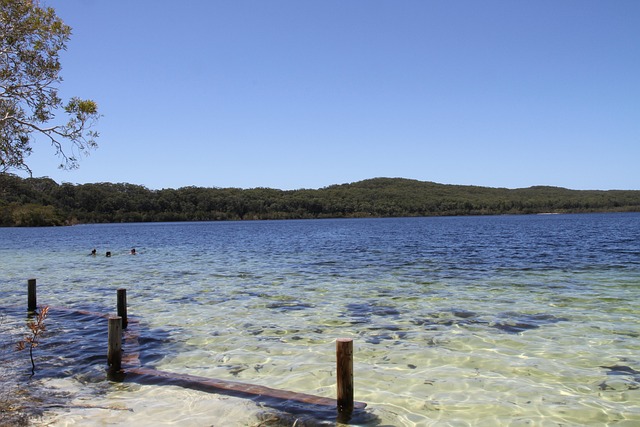
Spin fishing is a versatile technique that can be adapted for various water bodies, including the vibrant ecosystem of the McKenzie River. For beginners looking to target the diverse fish species in this river, mastering spin fishing techniques can greatly enhance their experience. One effective method involves using a spinning reel and a lighter line, which allows for better sensitivity and presentation of lures. Beginners should experiment with different lure sizes and colors, as the McKenzie’s clear waters may require more subtle offerings to attract cautious fish like trout and salmon.
A key strategy is to cast upstream and let the current carry the lure through likely holding spots. This technique mimics the behavior of small baitfish, triggering predatory responses from McKenzie River fish species. By varying the speed of retrieval and pausing occasionally, anglers can imitate injured prey, encouraging aggressive strikes. Additionally, incorporating split shots or bobbers can help with presentation and indicate when a fish is feeding in the surface layer.
Fly Fishing 101: A Guide for the McKenzie River
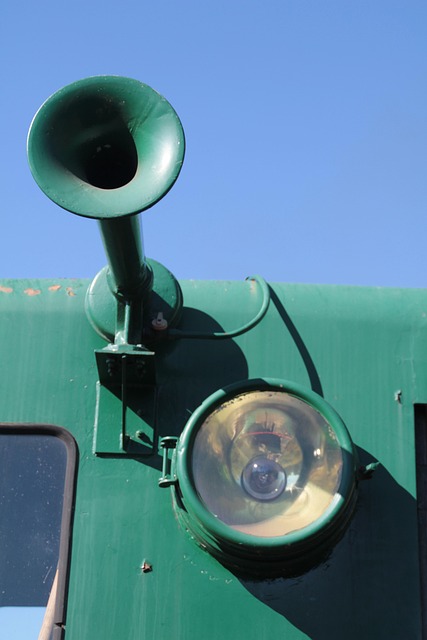
Fly fishing is a beloved technique among anglers seeking a unique and challenging experience on the McKenzie River. This ancient art involves using a specialized fly line, rod, and reel to cast lightweight artificial flies onto the water’s surface, mimicking various aquatic insects and baitfish that are the primary food sources for river fish species like trout and salmon.
The McKenzie River, renowned for its crystal-clear waters and diverse ecosystems, supports a thriving population of native fish species. Anglers can expect to target rainbow trout, cutthroat trout, and even the prized Chinook salmon during their respective seasons. To succeed in fly fishing this picturesque river, beginners should start with basic equipment, including a 9 or 10-foot fly rod, a matching reel, and a selection of flies designed to imitate local insects such as mayflies, stoneflies, and caddisflies. By learning the fundamentals of casting, presentation, and hook setting, anglers can enhance their chances of catching these elusive McKenzie River fish species.
Best Baits and Lures to Attract River Fish

When it comes to attracting river fish in the McKenzie River, understanding what bait and lures work best for the diverse species that inhabit its waters is essential. For those seeking to target popular McKenzie River fish species like trout, salmon, or bass, natural baits such as worms, insects, and small fish can be highly effective. These imitate the prey that native river fish rely on, making them an excellent choice for a variety of fishing techniques.
For a more enticing option, artificial lures designed to mimic baitfish, crickets, or even frogs can prove successful. Spinnerbaits, jigs, and topwater lures are particularly popular choices during certain times of the year when McKenzie River fish species are actively feeding on the surface. Experimenting with different colors and sizes of these lures can help anglers connect with the most aggressive fish in the river.











